Civilization 7 has taken the decades-old strategy franchise in bold directions. Rather than splitting your campaigns into a bunch of eras, each of which only shakes things up to a certain extent, Civ 7 flips the series’ traditions on their head. Now, there are only three eras, each known as “Ages”, but the changes between them are monumental.
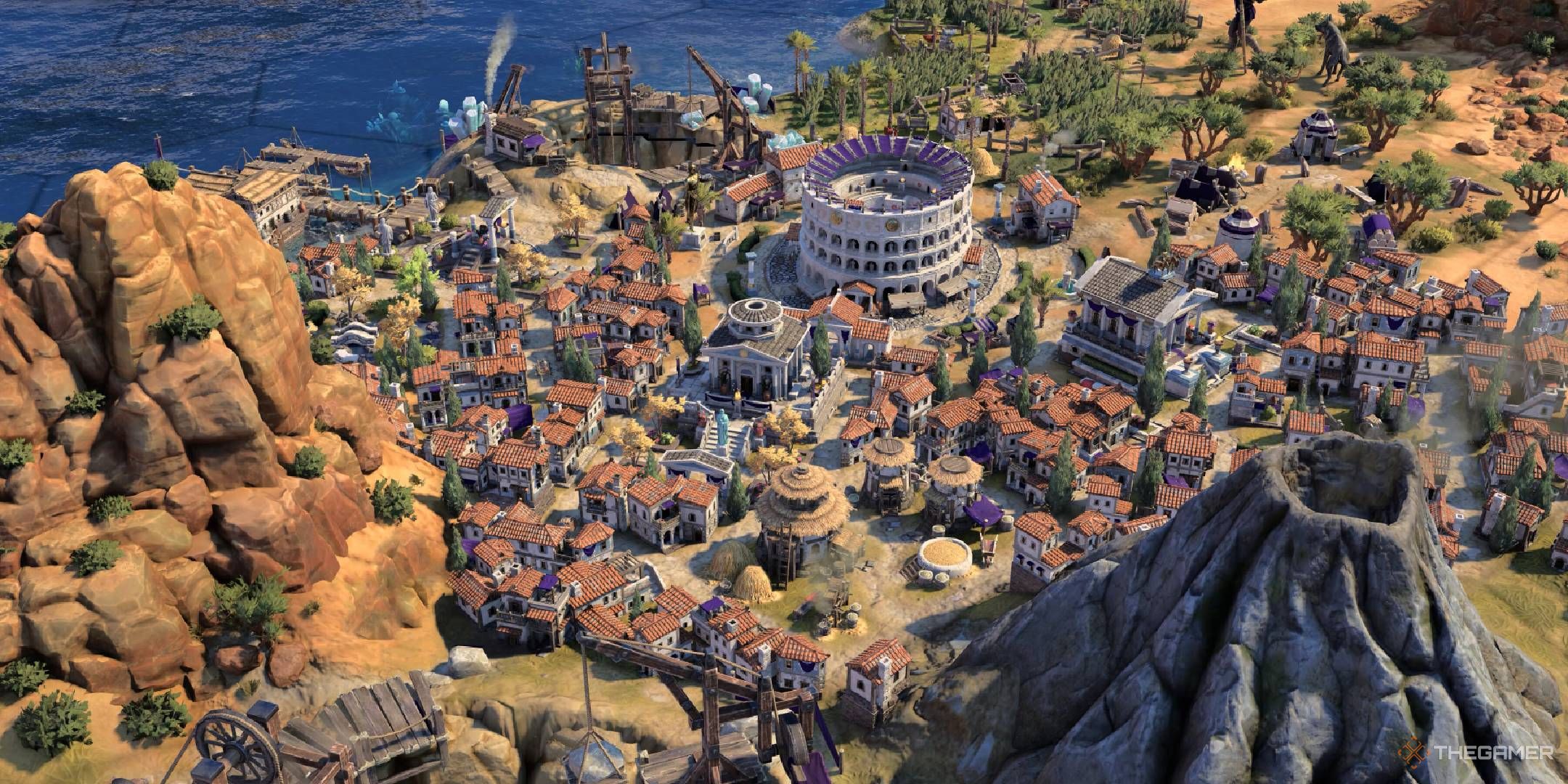
Related
Civilization 7: Multiplayer Guide
Wondering how to get some multiplayer going in Civilization VII? Confused by the crossplay feature? We’ve got you covered.
Not only will you switch civs, but you’ll be faced with plenty of outdated architecture that’s no longer going to help you as it once did. Overbuilding is the solution, but it’s not entirely clear how this works. Thankfully, we’ve trialed-and-errored our way into a decent grasp of the system.
Improvement Replacements: The “Minor” Overbuilding
So, you may already be feeling confused. After all, there’s an overbuilding option of sorts available at any time in the game. Indeed, you will likely have bumped into it at some point during the Antiquity Age.
This form of overbuilding, which is more straightforward, is found by replacing rural improvements with urban buildings, and you can commit to this whenever you decide to construct a new building. When you click on that Granary, Library, Monument – whatever it might be – you’ll have green tiles and yellow-green tiles to choose between.
If you select a green tile, it’s a tile that has yet to have been improved, so you won’t be replacing a Farm, Pasture, Mine, or – again – whatever it might be. Select a yellow-green tile, however, and your new building will remove that improvement.
Now, why would we ever want to do this? Well, apart from the fact that you might just be lacking unused tiles, there’s a better reason: forward-building.
There’s no official term for this, and it’s not really addressed in-game, so that’s why we’ve decided to call it!
You see, each worked tile in your settlements operates because you’ve assigned a citizen to them. Whenever your settlements grow, they gain a citizen, and you’re effectively “spending” them, either on a rural or an urban tile.
Simple enough, but here’s the cool part. If you replace a rural tile with an urban one, your citizen is shoved out. That’s only a problem for them – and for you – for a matter of seconds. You’ll then be prompted to send them to another tile, which means you can gain a new tile every time you shove a citizen out.
This is a great way to ensure your borders are gobbling up potential fresh territory for a nearby rival whose own settlement is perilously close. It can also propel your settlement’s range closer to a desired resource.
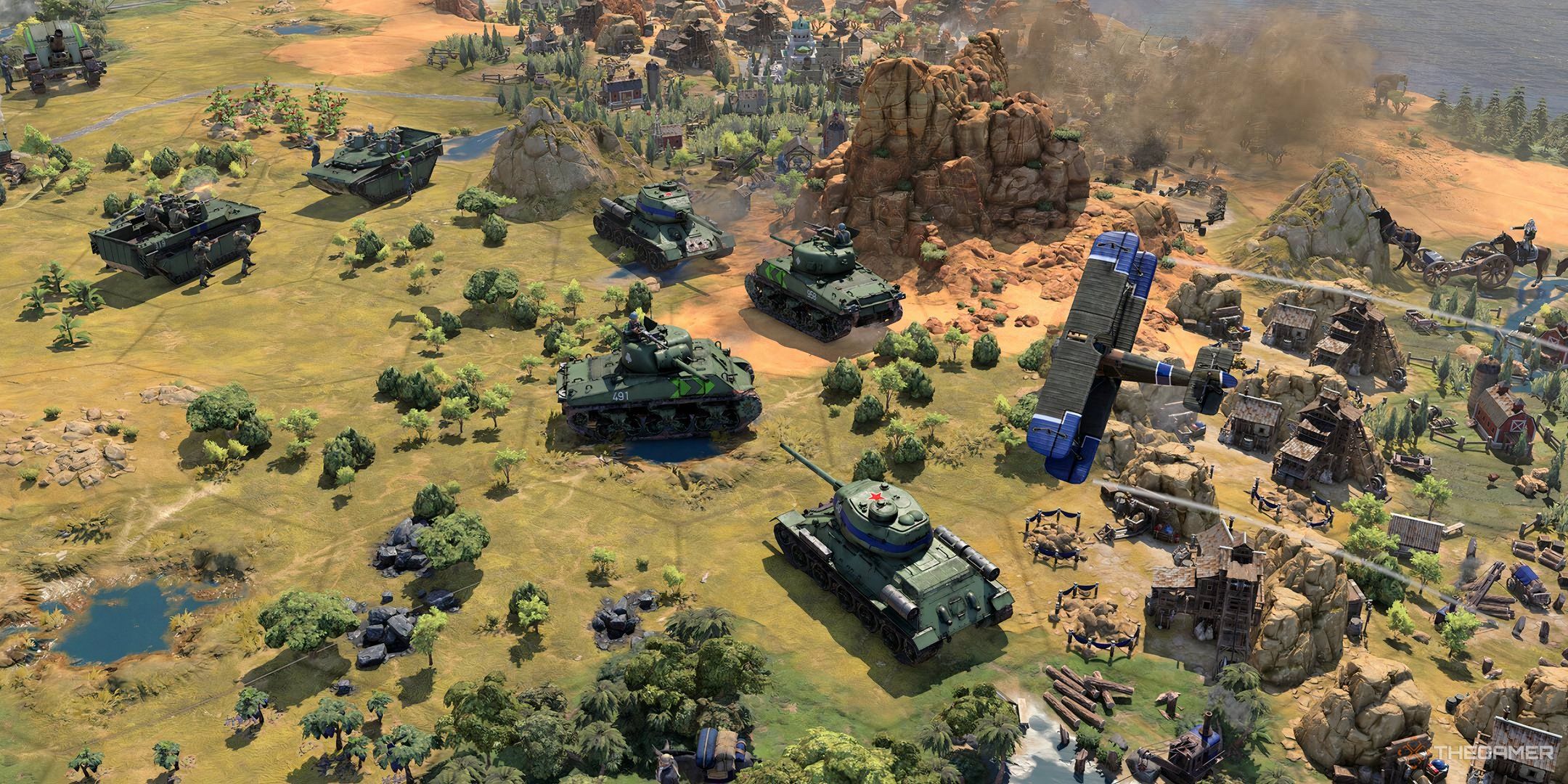
Related
How Long Does It Take To Beat Civilization 7?
How many hours will it take, on average, to finish a game of Civilization VII? Here are our findings based on every game length setting.
How “Official” Overbuilding Works In Civilization 7
Now, for the sort of overbuilding that is likelier to prompt internet search queries. The “official” overbuilding only becomes available when the Antiquity Age gives way to the Exploration Age, and then again when the Exploration Age gives way to the Modern Age.
While you were busy building during the prior thirds of the game, you’ll have seen buildings designated as “Ageless”. These constructions – which notably include every Wonder – cannot be replaced. They’re permanent fixtures, in a similar vein as most constructions in prior Civ games.
This makes their own placement rather critical, since you can’t do anything about it later on. Make sure you’re factoring in potential adjacency bonuses for future projects when you begin construction on those Pyramids!
For everything else, however, you’ll be treated to a reset when the Ages change. Many buildings, such as the Library, the Market, and the Altar, will have become obsolete when the Exploration Age kicks off.
Here’s where things get more complicated. It’s typically best to overbuild on the prior Age’s urban buildings with newer urban buildings of the same kind. You’ll maximize your adjacency gains when you build an Observatory over a Library, or a Bazaar over a Market.
Overbuilding Considerations
But don’t let this rule your playstyle. Consider how the game may have shifted over the course of the past Age. A coastal city out in the middle of nowhere might have found itself surrounded by unfriendly rivals later on. Is a war brewing? Perhaps it’s best to revamp that settlement with more military buildings instead.
And then there’s the nature of the changing Legacy Path goals. Even if you’re committed to an Economic Victory, for instance, from the dawn of time to the end of your campaign, your goals are no longer so tied to slotting x number of resources; you’ll be focused in the Exploration Age on building Treasure Fleets, and then, in the Modern Age, on getting Factories up and running.
What’s our point? Well, with the changing of the times, a settlement will benefit from a focal shift to match them. Former trading outposts will need to be bastions of production by the end, in the above case.
Or, what if you aim for one Legacy Path in in the Antiquity Age, and a different one in the Exploration Age?
If that happens, you’ll benefit from thinking outside the box more across the board. Overbuild with the new goal in mind – perhaps you were focused on Science in the Antiquity age, so you ran for those ten codices, but now you’re thinking more culturally.
Overbuilding on Libraries with more Temples wouldn’t be a bad idea at all. It’s these potential shifts in our play process that contribute to making Civilization 7 an exciting twist on the formula. It can be a lot to wrap our heads around, but it’s pretty fun once it clicks.

Next
Civilization 7: Tips For Achieving An Economic Victory
Make bucketloads of money, and force your wealth upon the world, in Civilization VII.
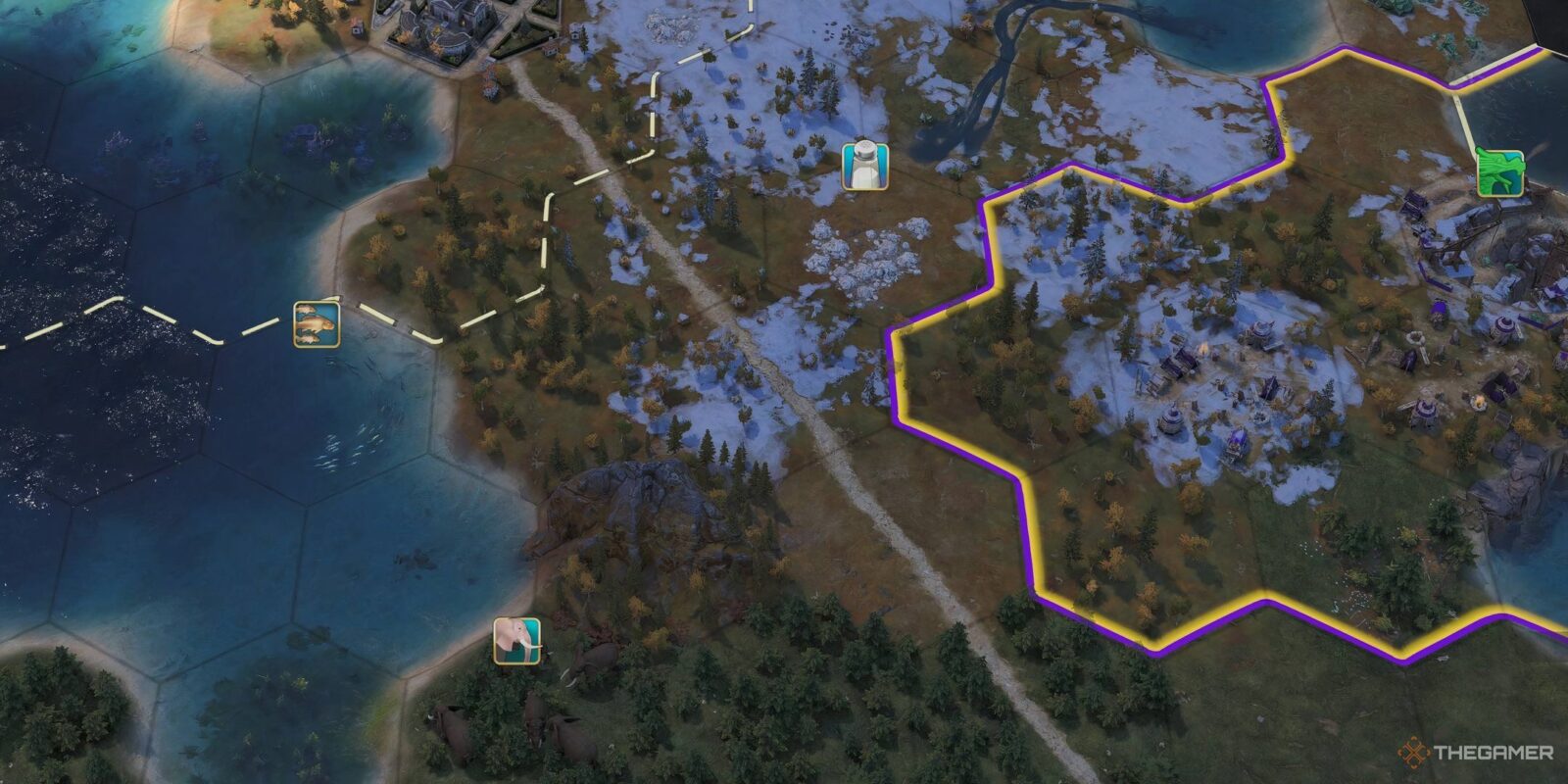

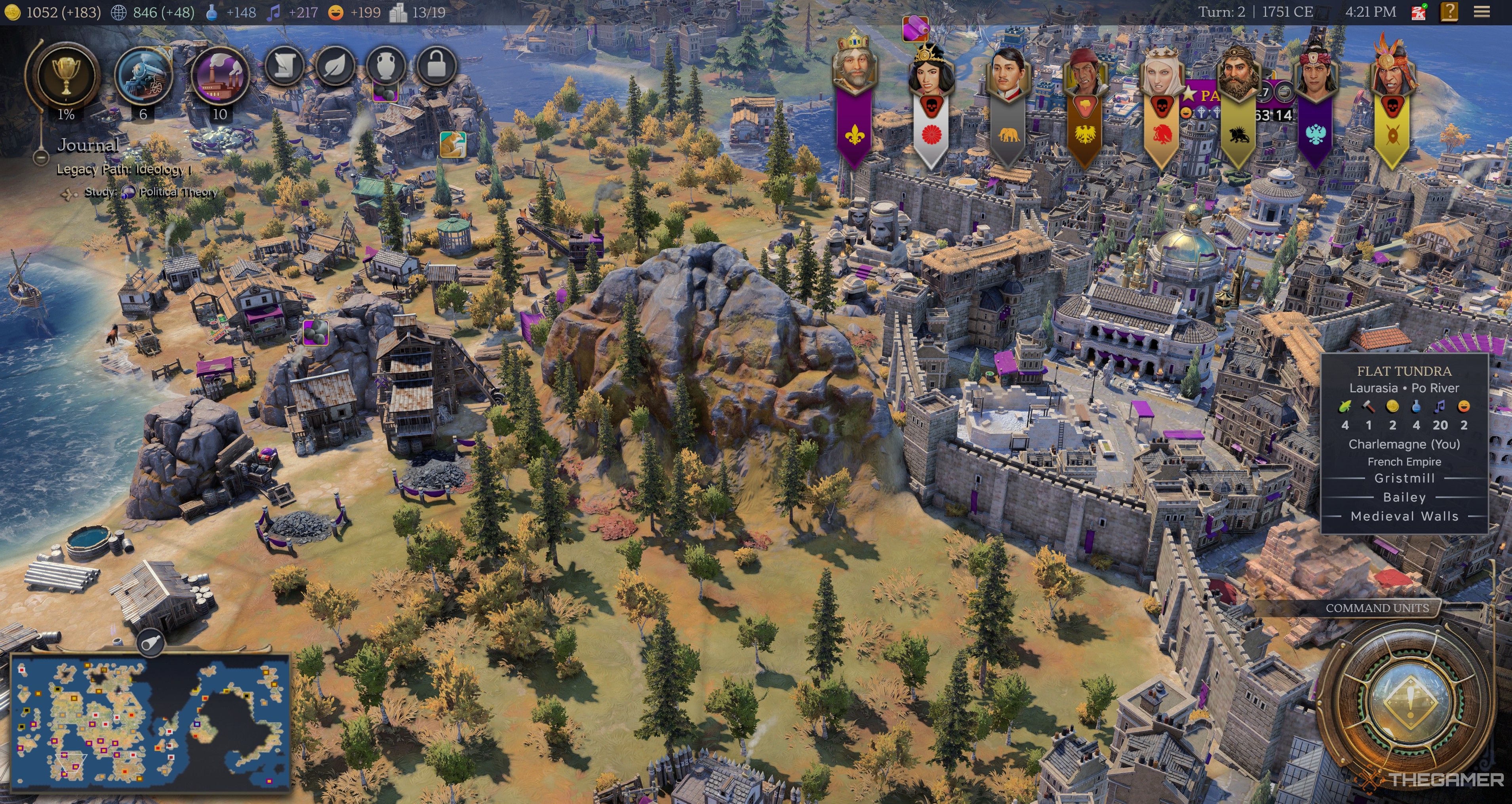
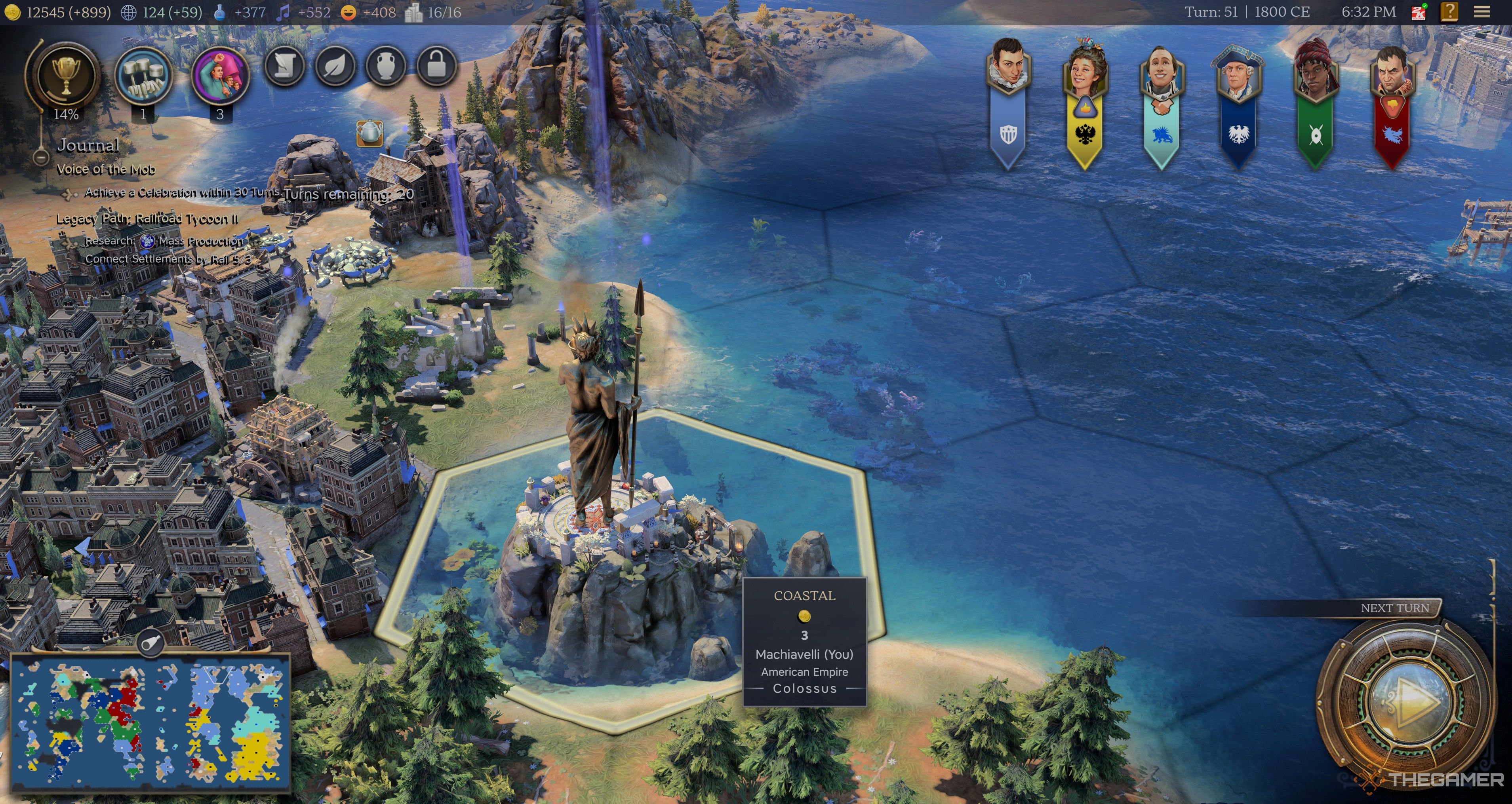
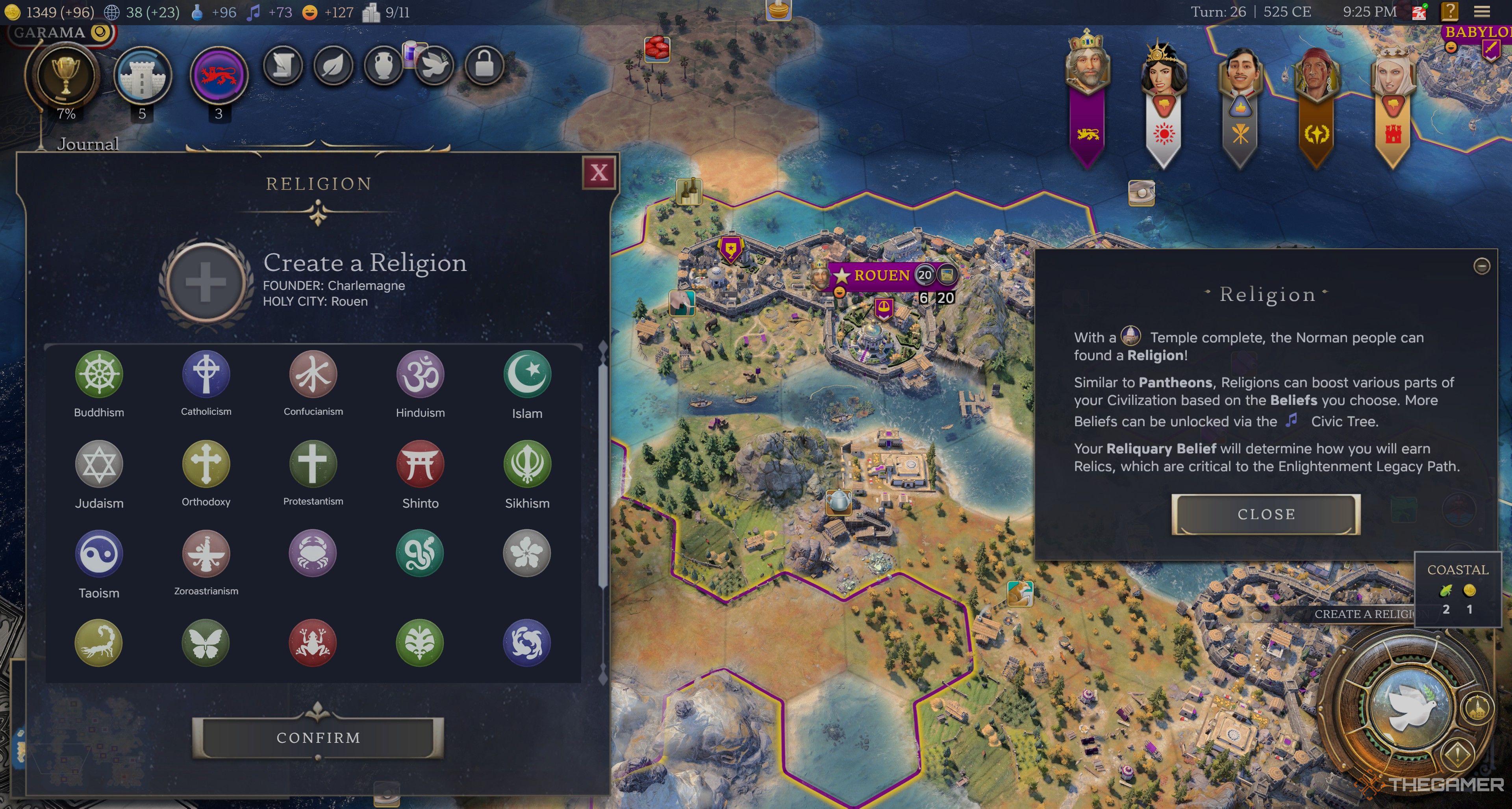






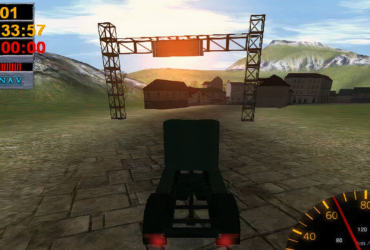



Leave a Reply